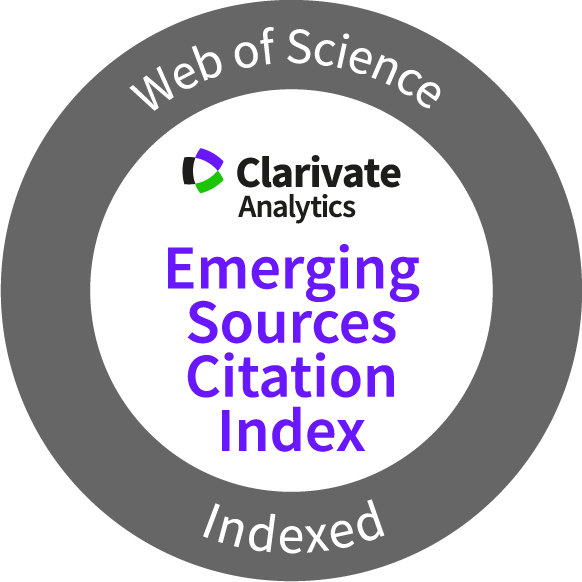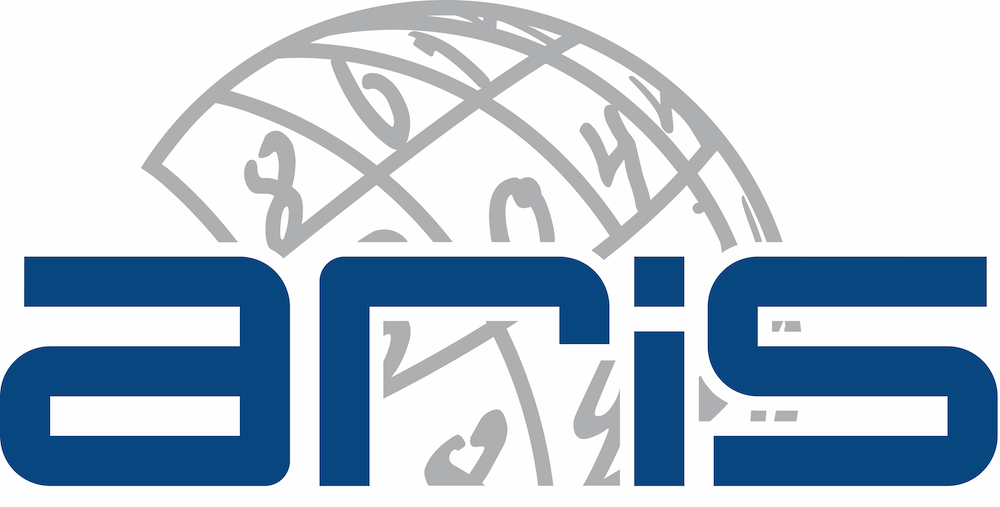Journal of Information Technology in Construction
ITcon Vol. 30, pg. 1573-1594, http://www.itcon.org/2025/64
Optimised denoising-based deep learning classification for evaluating concrete surface cracks
| DOI: | 10.36680/j.itcon.2025.064 | |
| submitted: | June 2025 | |
| revised: | September 2025 | |
| published: | September 2025 | |
| editor(s): | Purushothaman M B, GhaffarianHoseini A, Ghaffarianhoseini A, Rahimian F | |
| authors: | Sandra Matarneh, Associate Professor
Department of Architectural Engineering, United Arab Emirates University, Al Ain, UAE ORCID: https://orcid.org/0000-0002-1351-2780 sandra.matarneh@uaeu.ac.ae Faris Elghaish, Lecturer School of Natural and Built Environment, Queen's University Belfast; UK ORCID: https://orcid.org/0000-0002-7558-6291 F.Elghaish@qub.ac.uk Farzad Pour Rahimian, Professor School of Computing, Engineering and Digital Technologies, Teesside University; UK ORCID: https://orcid.org/0000-0001-7443-4723 F.Rahimian@tees.ac.uk Essam Abdellatef, Assistant Professor Faculty of Computer Science and Engineering, Alamein International University, Matrouh; Egypt essam.abdellatef@Aiu.edu.eg Algan Tezel, Associate Professor College of Engineering & Technology, University of Doha, Qatar algan.tezel@udst.edu.qa Abdul-Majeed Mahamadu, Associate Professor The Bartlett School of Sustainable Construction, University College London, UK ORCID: https://orcid.org/0000-0001-7757-8562 a.mahamadu@ucl.ac.uk Mohammed Abdelmegid, Lecturer School of Civil Engineering, University of Leeds, UK ORCID: https://orcid.org/0000-0001-6205-570X M.Abdelmegid@leeds.ac.uk | |
| summary: | Conventional visual inspections of concrete structures are hazardous, time-consuming, and prone to subjectivity, which has accelerated the adoption of automated image-based techniques for structural health monitoring. Deep learning methods, particularly convolutional neural networks (CNNs), offer significant potential for crack detection, yet their accuracy is often compromised by image noise arising from environmental conditions, sensor artefacts, and preprocessing. This study systematically evaluates the integration of five state-of-the-art denoising approaches (HRL, SANet, ADNet, SW-CNN, CDNet) with six pre-trained CNN architectures (AlexNet, VGG19, GoogLeNet, ShuffleNet, ResNet-101, and Xception) to enhance concrete crack detection and classification. The research is structured into three methodological stages. First, the baseline classification performance of the six pre-trained CNN architecturesis evaluated using a dataset of 40,000 concrete surface images, evenly divided between cracked and non-cracked samples. Second, five state-of-the-art denoising methods are applied as a preprocessing step to mitigate noise effects prior to classification. Third, the impact of each denoising approach is quantitatively assessed using accuracy, sensitivity, and F1-score metrics. The integration of denoising techniques led to substantial performance improvements across all models. For instance, AlexNet’s F1-score increased from 53.31% to 71.19%, while Xception achieved the highest overall F1-score of 97.72% and accuracy of 97.7% following denoising. ResNet-101 similarly improved to 96.3% accuracy and 96.27% F1-score. Lightweight models such as ShuffleNet also demonstrated excellent gains, reaching 90.5% accuracy and 89.58% F1-score when paired with SW-CNN. Notably, SW-CNN yielded the most consistent performance, achieving the highest F1-score in four of the six models, while CDNet and ADNet were especially effective in boosting sensitivity metrics. Efficiency analysis further highlighted practical deployment trade-offs: ShuffleNet+SW-CNN achieved 3.7 ms/image latency, ~270 images/s throughput, and an 18 MB model size, making it suitable for edge devices, whereas Xception+SW-CNN, though heavier (228 MB, 11.2 ms/image), maximized accuracy for server-class monitoring. These results underline the importance of balancing performance and efficiency in real-world applications. On average, the application of denoising methods resulted in F1-score improvements of 13–15%, underscoring the effectiveness of preprocessing in enhancing model reliability. These findings highlight the critical role of image denoising in improving the performance of deep learning-based crack detection systems. Moreover, the combination of efficient CNN architectures with robust denoising offers promising pathways for both edge deployment and server-based structural monitoring solutions. This research demonstrates that coupling CNNs with denoising substantially enhances crack detection robustness and reliability, contributing to safer and more scalable structural health monitoring systems. Future work should validate the pipeline on external datasets, perform controlled noise-stress testing, and integrate domain-specific augmentations to ensure generalizability across diverse materials and field conditions. | |
| keywords: | structural health monitoring, concrete crack detection, convolutional neural networks (CNNs), image denoising, deep learning, model efficiency, digital construction | |
| full text: | (PDF file, 1.031 MB) | |
| citation: | Matarneh S, Elghaish F, Pour Rahimian F, Abdellatef E, Tezel A, Mahamadu A-M, Abdelmegid M (2025). Optimised denoising-based deep learning classification for evaluating concrete surface cracks, ITcon Vol. 30, Special issue Smart and Sustainable Built Environment (SASBE 2024), pg. 1573-1594, https://doi.org/10.36680/j.itcon.2025.064 | |
| statistics: |





